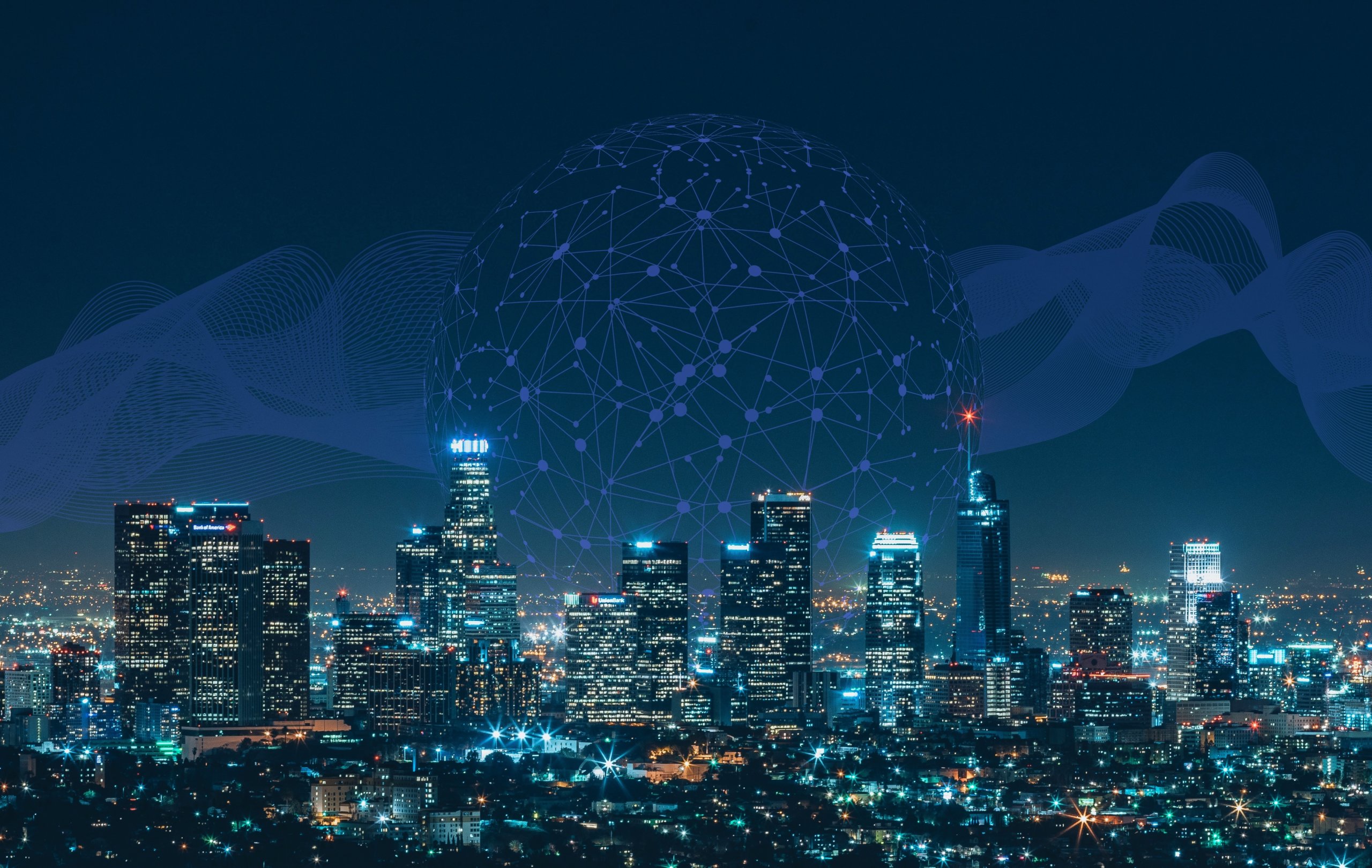
Urban areas around the world are embracing the concept of smart cities. And who can blame them? By embedding technology like the Internet of Things (IoT) and artificial intelligence (AI) into the very fabric of their day-to-day operations, these metropolises can improve aspects of urban living in profound ways.
But each city is unique. Thus, the solutions implemented must be as well. As a result, context is crucial to informing current smart city initiatives. We must learn from what has been done before in order to build an objectively better urban future.
In this post, we’ll examine how three major metropolitan areas are applying smart city strategies and technologies to improve their specific circumstances.
Barcelona: A Smart City 150 Years in the Making
That’s right — Barcelona’s been working on building a smart city long before that term entered common vernacular. In 1854, the city’s population was growing rapidly, to put it mildly. In response, Spain’s government got ready for expansion by knocking down the city walls and enlisting the help of Ildefons Cerdà, a civil engineer and urban planner who would concoct what is now known as the superblock.
This infrastructural innovation took the shape of a modular, octagonal design and emphasized spacious streets, open intersections, and colossal interior courtyards. It simultaneously allowed for standardized urban planning and unique design differences in each individual building.
Fast forward to today, and the superblock has fostered other infrastructural improvements in transit and waste management. An orthogonal public transportation system consisting of hybrid buses follows straight paths through the clusters of superblocks, minimizing the complexity of transit routes. Essentially, riders can reach any destination with one transfer.
The superblocks’ modular design has also enabled the city to construct vast subterranean waste management networks. Vacuum systems nullify the stench and noise resulting from overflowing dumpsters and the trash collecting vehicles utilized to empty them. And with the advent of IoT development, specialized sensors are now being employed to alert garbage collectors when trash containers have reached a capacity ready for emptying.
Tallinn Is Taking the Lead in E-Governance
Perhaps no other city in the world has embraced the Internet like Tallinn, Estonia’s capital. After regaining its independence from the Soviet Union in 1991, the city saw the opportunity to rebuild its nation with this technology. Its first move? To invest in the “Tiger’s Leap” project, which brought computers with internet access to every education facility in the country. Four years later, in 2000, Estonia declared the Internet a basic human right and began to implement “e-Estonia,” an endeavor to completely digitize its own government.

Today, 99% of Estonia’s government services are available online. By pairing its citizens’ digital identities with e-ID cards in 2002, Estonia enabled online schooling, voting, and higher-fidelity financial management long before other countries were even thinking about doing the same. 95% of the country’s citizens file their taxes online (which they’ve been able to do since 2001). And only a few activities (marriage, divorce, and real estate) still necessitate being handled in person. Estonia’s government virtually operates 24 hours a day, greatly optimizing the efficiency and effectiveness of taxpayers’ money.
Today, the country places paramount importance on adopting new technologies like blockchain and implementing unparalleled personal data protection. The government is already using blockchain to authenticate things like businesses licenses, property ownership, and judicial actions. And with rock-solid security, citizens can access their health data online with peace of mind. They can even access digital prescriptions and initiate transfers between doctors all from their computers and phones.
Besides all of this, Estonia is also working on building the world’s first-ever “Data Embassy.” The goal is to create a complete backup of the country’s 1.3 million citizens’ data in Luxembourg. Because the country began building all of this technology into its governmental operations at a time when it was actually rebuilding itself as a nation, Estonia remains at the forefront of adopting and implementing emerging technologies in the near future.
New York: The City of Sensors
What smart city list wouldn’t be complete without mentioning New York City? In 2009, its Department of Environmental Protection sought out a better way to deliver its usual 1 billion gallons of water per day to its 8.6 million residents. So they developed a meter reading system comprised of 817,000 water meters spread throughout the five boroughs.
Today, this system provides both citizens and the government with real-time monitoring and billing capabilities while eliminating the necessity for manual metering. Not only does this system save $3 million dollars a year, but it has also made water usage estimates more accurate. Before, inaccurate readings could be off by as much as 17%. Now, this is down to 3%. As a result, billing disputes have been reduced by 56%. The city continues innovating with this system and recently implemented a leak notification tool, which has already saved citizens hundreds of millions of dollars since its inception in 2011.
New York is also making strides in improving its aging transit infrastructure. The city has the highest public transit usage in North America, totaling 1.73 billion riders in 2017 alone. And buses, which allow 2.5 million passengers to get where they’re going every single weekday, was one of the first priorities on the list of improvements needed.

On average, NYC buses used to spend 20% of their time stopped at red lights. In 2008, the city’s Metropolitan Transportation Authority (MTA) and Department of Transportation (DOT) implemented the Transit Signal Priority (TSP) system. This system integrated GPS trackers into public buses and accompanying sensors into the city’s traffic lights to increase green-light time when a bus approaches an intersection.
By 2017, this system had reduced bus delays by 20% on five of the city’s major routes. And because it’s completely digital, it can be continuously tweaked to find what works best for each route.
Learning by Example
It can be difficult and overwhelming to implement smart city innovations in urban areas. This is especially true if you’re starting from scratch. Fortunately, pioneers like Barcelona, Tallinn, and New York City have paved the way in numerous avenues and set the standard for what can be accomplished with intelligent planning.
What smart city initiatives are you most excited about? What would you like us to cover in the next entry of real-life smart city examples? Let us know in the comments!





